P11409
Phenanthrene
98%
Sinonimo/i:
[3]Helicene
About This Item
Prodotti consigliati
Livello qualitativo
Saggio
98%
Stato
crystalline powder
P. ebollizione
340 °C (lit.)
Punto di fusione
98-100 °C (lit.)
Densità
1.063 g/mL at 25 °C (lit.)
Stringa SMILE
c1ccc2c(c1)ccc3ccccc23
InChI
1S/C14H10/c1-3-7-13-11(5-1)9-10-12-6-2-4-8-14(12)13/h1-10H
YNPNZTXNASCQKK-UHFFFAOYSA-N
Informazioni sul gene
human ... CYP1A2(1544)
Cerchi prodotti simili? Visita Guida al confronto tra prodotti
Categorie correlate
Descrizione generale
Applicazioni
- Proteomic Analysis of Polycyclic Aromatic Hydrocarbons in Crop Xylem Sap: This study provides a deep dive into the transport and obstruction mechanisms of PAHs like Phenanthrene in crops, using proteomics and molecular docking, vital for enhancing food safety and crop protection strategies (Zeng et al., 2024).
- Impact of Organic Acids on Phenanthrene Biodegradation: Offers insights into how low molecular weight organic acids influence the biodegradation of Phenanthrene, enriching our understanding of microbial interactions with environmental contaminants in biotechnological applications (Zhang et al., 2023).
Avvertenze
Warning
Indicazioni di pericolo
Consigli di prudenza
Classi di pericolo
Acute Tox. 4 Oral - Aquatic Acute 1 - Aquatic Chronic 1
Codice della classe di stoccaggio
11 - Combustible Solids
Classe di pericolosità dell'acqua (WGK)
WGK 2
Punto d’infiammabilità (°F)
Not applicable
Punto d’infiammabilità (°C)
Not applicable
Dispositivi di protezione individuale
dust mask type N95 (US), Eyeshields, Gloves
Elenchi normativi
Forniamo informazioni su eventuali restrizioni prevalentemente per i prodotti chimici. Per altre tipologie di prodotto siamo in grado di fornire soltanto informazioni limitate. Nessuna segnalazione significa che nessuno dei componenti è citato in un elenco. È dovere dell’utilizzatore assicurarsi che il prodotto venga impiegato in maniera sicura e a norme di legge.
EU REACH SVHC Candidate List
Scegli una delle versioni più recenti:
Possiedi già questo prodotto?
I documenti relativi ai prodotti acquistati recentemente sono disponibili nell’Archivio dei documenti.
I clienti hanno visto anche
Global Trade Item Number
| SKU | GTIN |
|---|---|
| P11409-100G | 4061835574544 |
| P11409-25G | 4061834354079 |
| P11409-10KG | |
| P11409-500G | 4061833604960 |
| P11409-25KG |
Il team dei nostri ricercatori vanta grande esperienza in tutte le aree della ricerca quali Life Science, scienza dei materiali, sintesi chimica, cromatografia, discipline analitiche, ecc..
Contatta l'Assistenza Tecnica.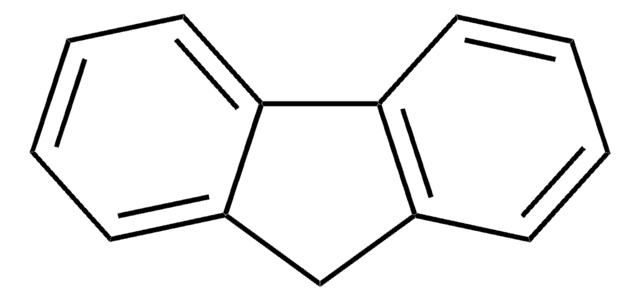

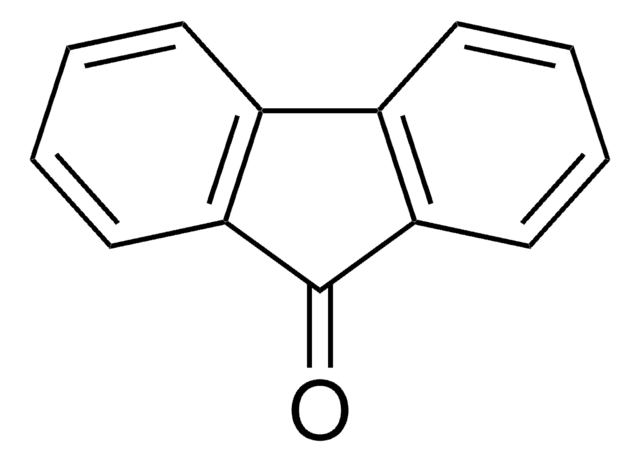

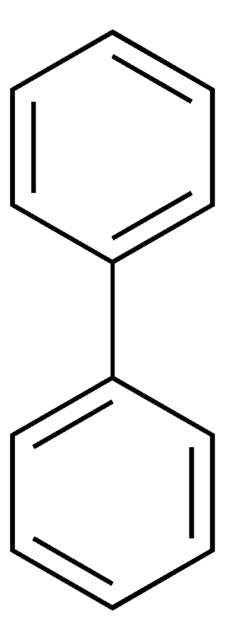
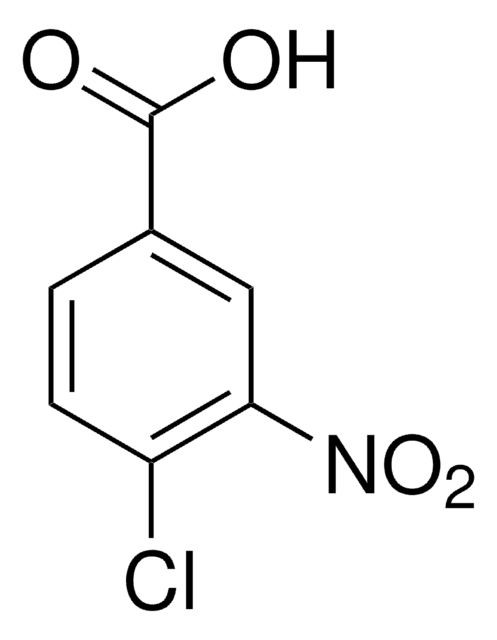

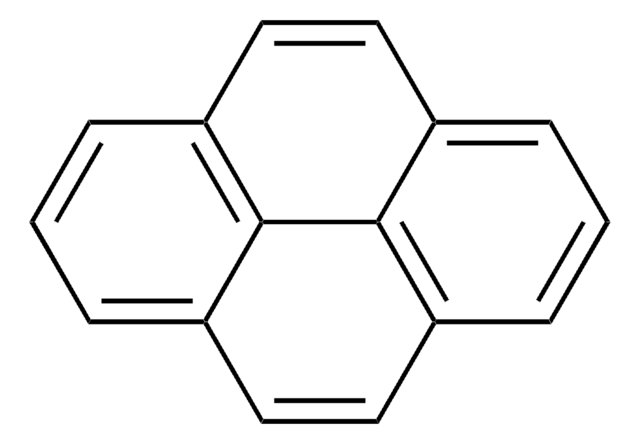
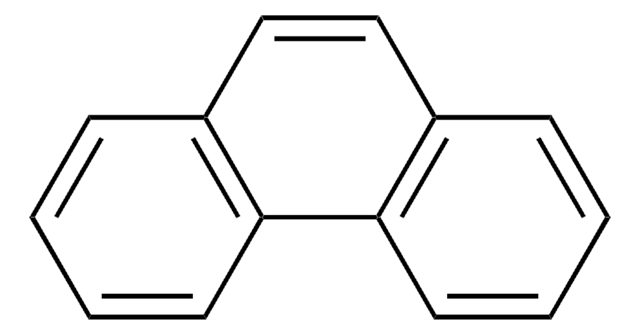



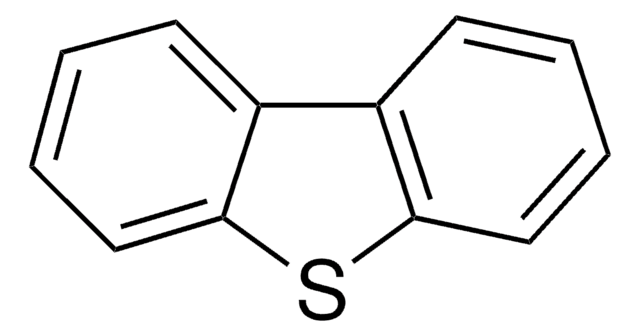
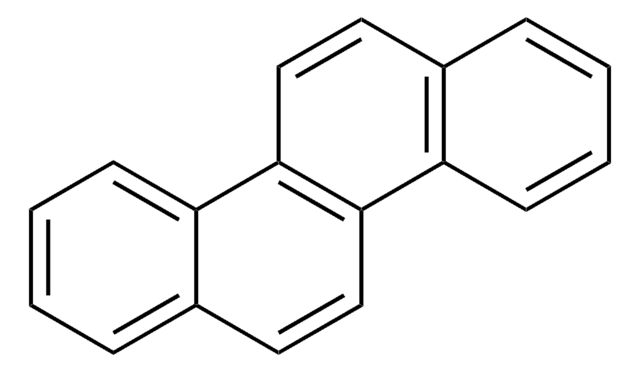
![Benz[a]anthracene 99%](/deepweb/assets/sigmaaldrich/product/structures/351/486/b3ddf157-a732-4ef8-83f0-c70a53404cb2/640/b3ddf157-a732-4ef8-83f0-c70a53404cb2.png)